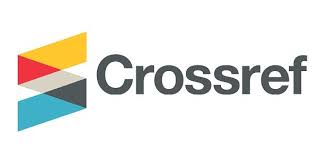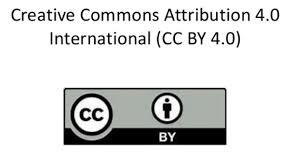Assessment of inputs use pattern and profit margin of organic and inorganic country bean production in Bangladesh
DOI:
https://doi.org/10.47440/JAFE.2025.6303Keywords:
Organic farming, inorganic farming, country bean, profitability, input use, BangladeshAbstract
Beans (Phaseolus vulgaris L.) are a key vegetable in Bangladesh, valued for their nutritional and economic importance. This study examines inputs use patterns and profitability of organic versus conventional bean farming in Narsingdi district. Data were collected from 100 organic and 100 conventional farmers via structured questionnaires and data were analyzed using descriptive statistics and conventional cost–benefit analysis. Organic farmers relied more on family labor (139.7 labor-days/ha) and manure (2,587 kg/ha), while conventional farmers used more hired labor (180.3 labor-days/ha), synthetic fertilizers, and pesticides. Conventional farming achieved higher yields (9.4 vs. 8.4 tons/ha) and net revenue (Tk. 89,493/ha vs. Tk. 66,598/ha), but organic farming showed greater efficiency in variable-cost utilization (BCR 1.99 vs. 1.86). Including fixed costs, conventional systems were slightly more profitable (BCR 1.30 vs. 1.23) than organic system. Both systems faced high labor costs, price volatility, limited storage, and constrained credit access, while organic farmers additionally struggled with market differentiation. To enhance bean farming sustainability, policy interventions should include affordable credit, improved storage and transport, stable pricing, organic certification, and dedicated markets. Extension support and disease-resistant varieties can further boost productivity. These measures can improve the competitiveness and profitability of organic bean production, supporting both economic and environmental sustainability in Bangladesh.






 Publisher:
Publisher: 